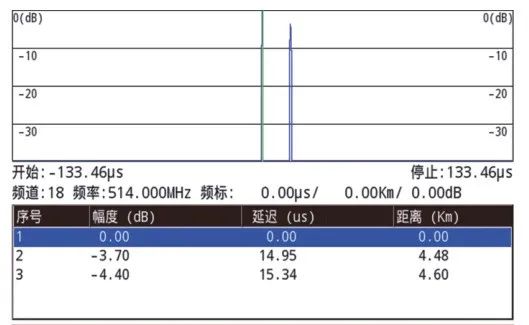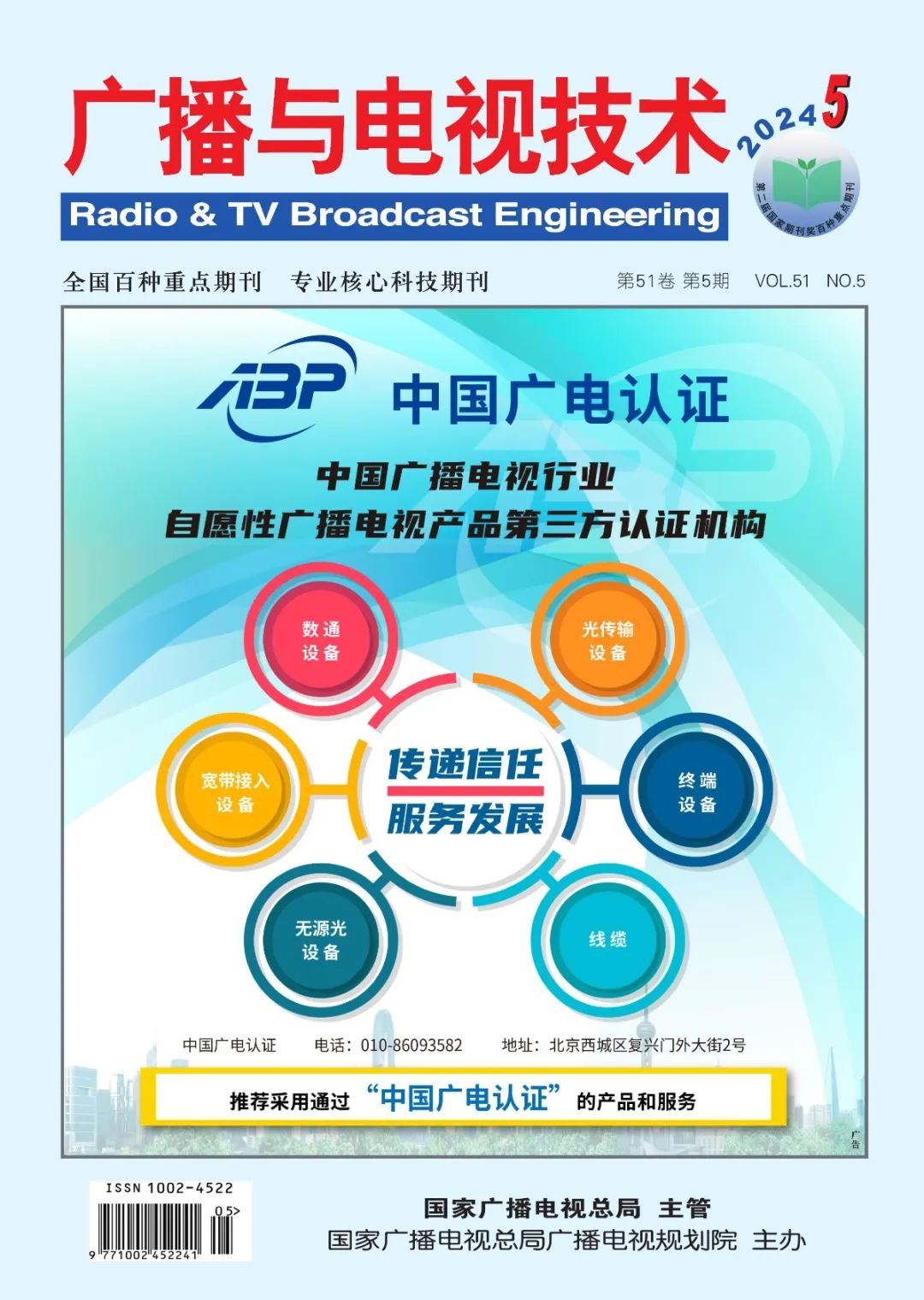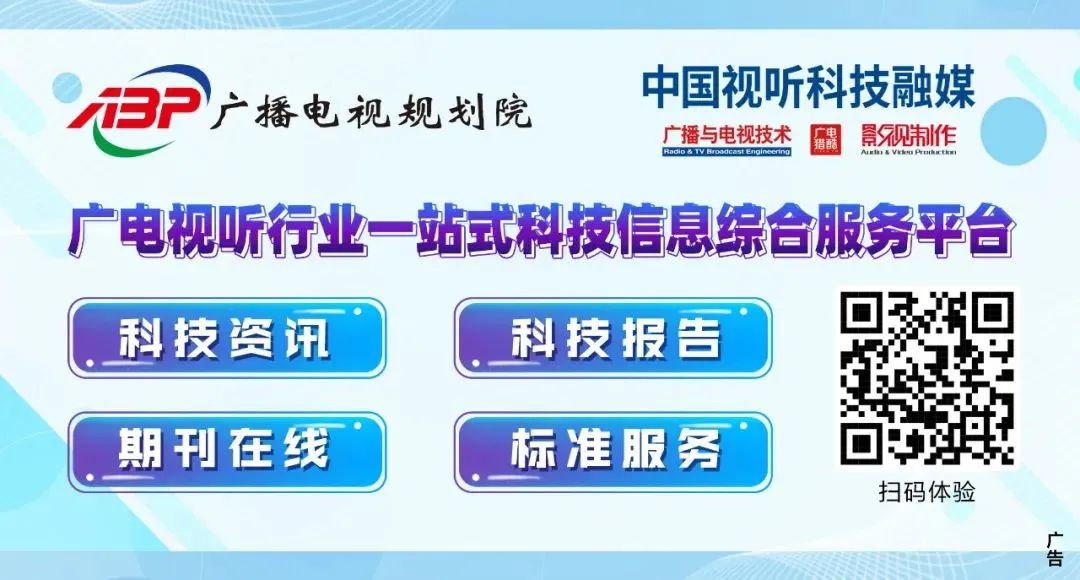

This abstract was generated by an AI tool based on the original paper. To read the original text, please visit the “Guangdian Lieku” mini-program in the “Journal Online” section.
This paper focuses on the verification of the ground digital television single frequency network under the background of the 700 MHz frequency migration and the analysis of failure cases caused by resource scarcity. The research team analyzes actual cases to reveal potential issues encountered in the construction of the single frequency network, such as incompatibility of transmission equipment for transparent transmission, conflicts caused by local program insertion, and misalignment of exciter delays, and proposes solutions. The paper details the steps for troubleshooting and optimization measures, emphasizing the importance of transparent transmission, the standardization of local program management, and the consistency of exciter delays as key factors for ensuring the stable operation of the single frequency network. Furthermore, the workflow summarized for eliminating interference provides practical guidance for related operation and maintenance work, helping to improve the operational efficiency and service quality of the ground digital television system, serving as an important reference for industry practice and theoretical research.
Authors:
Gao Yang, Yang Fan, Wang Yi, Shen Bohao
National Radio and Television Administration, Broadcasting and Television Planning Institute
First Author Profile:
Gao Yang, Senior Engineer, born in February 1988, graduated from Communication Engineering at Communication University of China in 2011, working in the Wireless Research Institute of the Broadcasting and Television Planning Institute of the National Radio and Television Administration, mainly engaged in research on testing methods related to the broadcasting and television industry. In recent years, he has mainly participated in the technical scheme formulation and related testing of the 700 MHz frequency migration project, research on 5G and satellite broadcasting and television interference, all-digital planning, emergency broadcasting, and smart operation and maintenance.
After the completion of the national ground digital television 700 MHz frequency migration, the available frequency resources for ground digital television have decreased by one-third, and the single frequency network will become the main coverage network form in the future. After construction, ensuring successful networking, achieving expected coverage effects, guaranteeing stable operation, and resolving user complaints caused by network failures have become key concerns for operation and maintenance agencies. This article analyzes actual cases from the acceptance testing of the single frequency network in the 700 MHz frequency migration project, identifies potential issues in single frequency network construction, provides troubleshooting methods, and summarizes the workflow for eliminating interference, offering ideas and solutions for the establishment, operation, and maintenance of the single frequency network.
The ground digital television broadcasting single frequency network involved in this 700 MHz frequency migration project is based on the baseband code stream allocation form. The single frequency network TS stream signal distribution network mainly uses satellite and IP-based transmission systems. In the satellite transmission system, the single frequency network adapter is located at the satellite uplink station, and the station receives and demodulates the satellite signal before synchronizing the broadcast; in the IP transmission system, the adapter is located at the provincial signal transmission master station, and each province needs to configure parameters independently to ensure successful networking.
Single Frequency Network Synchronization Verification



Network Failure Case Analysis

Network Fault Troubleshooting Process
Conclusion


[1] GD/J 066-2015. Technical Requirements and Measurement Methods for Ground Digital Television Single Frequency Network Adapters Based on Satellite Transmission[S].
[2] GD/J067-2015. Technical Requirements and Measurement Methods for Ground Digital Television Single Frequency Network Exciters Based on Satellite Transmission[S].
[3] National Quality Supervision, Inspection and Quarantine Administration, National Standardization Management Committee of China. Technical Requirements for Ground Digital Television Broadcasting Single Frequency Networks: GB/T 28433—2012[S]. Beijing: China Standard Press, 2012.
[4] National Quality Supervision, Inspection and Quarantine Administration, National Standardization Management Committee of China. Technical Requirements and Measurement Methods for Ground Digital Television Broadcasting Single Frequency Network Adapters: GB/T 28434—2012[S]. Beijing: China Standard Press, 2012.
[5] National Quality Supervision, Inspection and Quarantine Administration, National Standardization Management Committee of China. Technical Requirements and Measurement Methods for Single Frequency Network Time Reception Equipment: GB/T 34995—2017[S]. Beijing: China Standard Press, 2017.
[6] National Quality Supervision, Inspection and Quarantine Administration, National Standardization Management Committee of China. Frame Structure, Channel Coding, and Modulation for Digital Television Ground Broadcasting Transmission Systems: GB 20600—2006[S]. Beijing: China Standard Press, 2007.
[7] National Quality Supervision, Inspection and Quarantine Administration, National Standardization Management Committee of China. Objective Assessment and Measurement Methods for Ground Digital Television Broadcasting Signal Coverage Quality Part 1: Outdoor Fixed Reception: GB/T 28438.1 -2012 [S]. Beijing: China Standard Press, 2012.
“Broadcasting and Television Technology”, “Guangdian Lieku” Advertising Management and Business Cooperation Agency:
Beijing Zhongguang Xintong Cultural Media Co., Ltd.
Contact: Li Cong
Phone: 18518221868
Please share this good article. If you have something to say, please leave a message.
